Rising Energy Costs
The Ductless Heat Pump Market is significantly influenced by the rising costs of energy. As utility prices continue to escalate, consumers are actively seeking more cost-effective heating and cooling solutions. Ductless heat pumps, known for their energy efficiency, present an attractive option for those looking to mitigate their energy expenses. According to recent data, ductless systems can reduce energy consumption by up to 30% compared to traditional systems, making them a financially appealing choice. This trend suggests that as energy prices rise, the Ductless Heat Pump Market may witness increased adoption as consumers prioritize long-term savings and efficiency.
Technological Advancements
Technological advancements play a pivotal role in shaping the Ductless Heat Pump Market. Innovations in inverter technology, smart thermostats, and enhanced refrigerants have led to improved performance and efficiency of ductless systems. These advancements not only enhance the user experience but also contribute to lower operational costs. For instance, modern ductless heat pumps can now operate efficiently in extreme temperatures, expanding their applicability across various climates. As manufacturers continue to invest in research and development, the Ductless Heat Pump Market is likely to benefit from these innovations, attracting consumers who seek cutting-edge solutions for their heating and cooling needs.
Increasing Consumer Awareness
The Ductless Heat Pump Market is experiencing a notable surge in consumer awareness regarding energy-efficient heating and cooling solutions. As individuals become more informed about the environmental impact of traditional HVAC systems, they are increasingly inclined to consider ductless heat pumps as a viable alternative. This shift in consumer behavior is further supported by educational campaigns and informational resources that highlight the benefits of ductless systems, such as lower energy consumption and reduced carbon footprints. Consequently, this heightened awareness is likely to drive demand within the Ductless Heat Pump Market, as consumers seek to make more sustainable choices for their homes and businesses.
Government Incentives and Rebates
The Ductless Heat Pump Market is positively impacted by government incentives and rebates aimed at promoting energy-efficient technologies. Various jurisdictions have implemented programs that provide financial assistance to homeowners and businesses that invest in ductless heat pumps. These incentives can significantly reduce the initial installation costs, making ductless systems more accessible to a broader audience. As more consumers take advantage of these programs, the Ductless Heat Pump Market is expected to experience accelerated growth. This trend indicates a collaborative effort between governments and the industry to foster sustainable practices and reduce overall energy consumption.
Shift Towards Sustainable Building Practices
The Ductless Heat Pump Market is witnessing a shift towards sustainable building practices, driven by both consumer preferences and regulatory frameworks. As architects and builders increasingly prioritize energy-efficient designs, ductless heat pumps are becoming a preferred choice for new constructions and renovations. This trend is further supported by the growing emphasis on green building certifications, which often require the integration of energy-efficient systems. Consequently, the Ductless Heat Pump Market is likely to see a rise in demand as more projects incorporate these systems to meet sustainability goals and enhance overall energy performance.


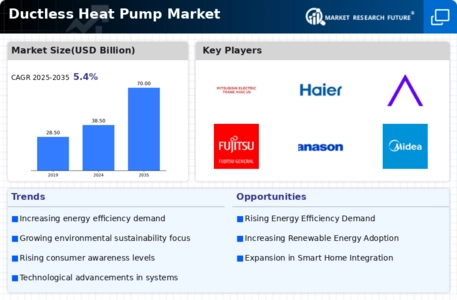
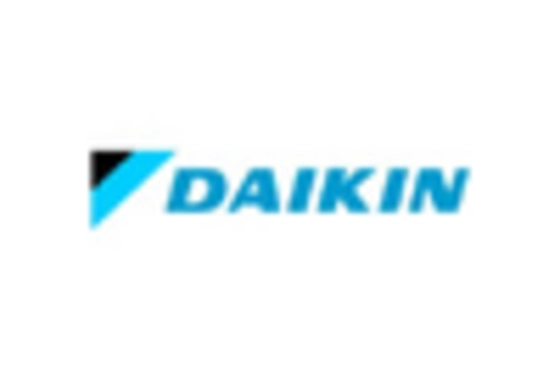
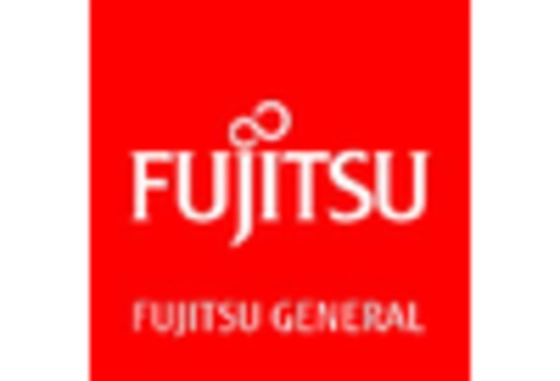
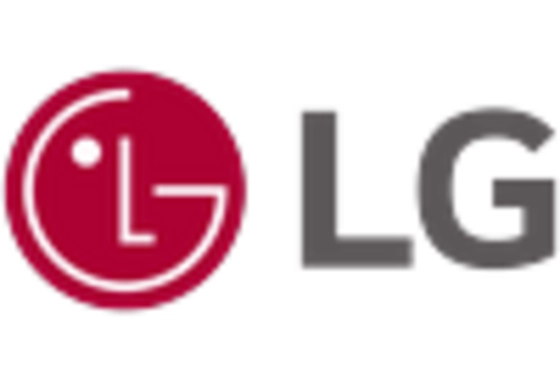
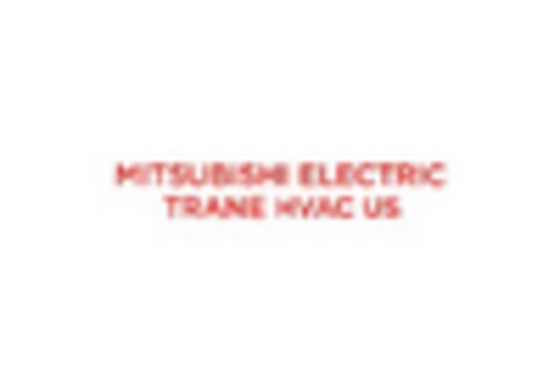
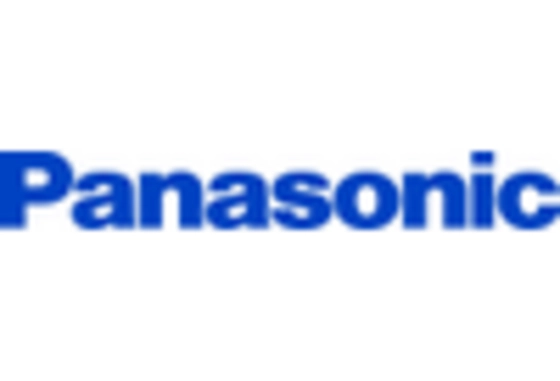
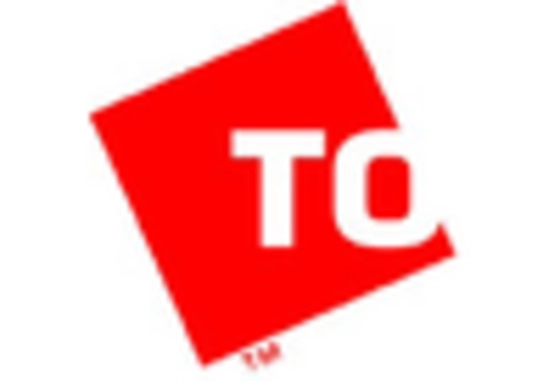








Leave a Comment